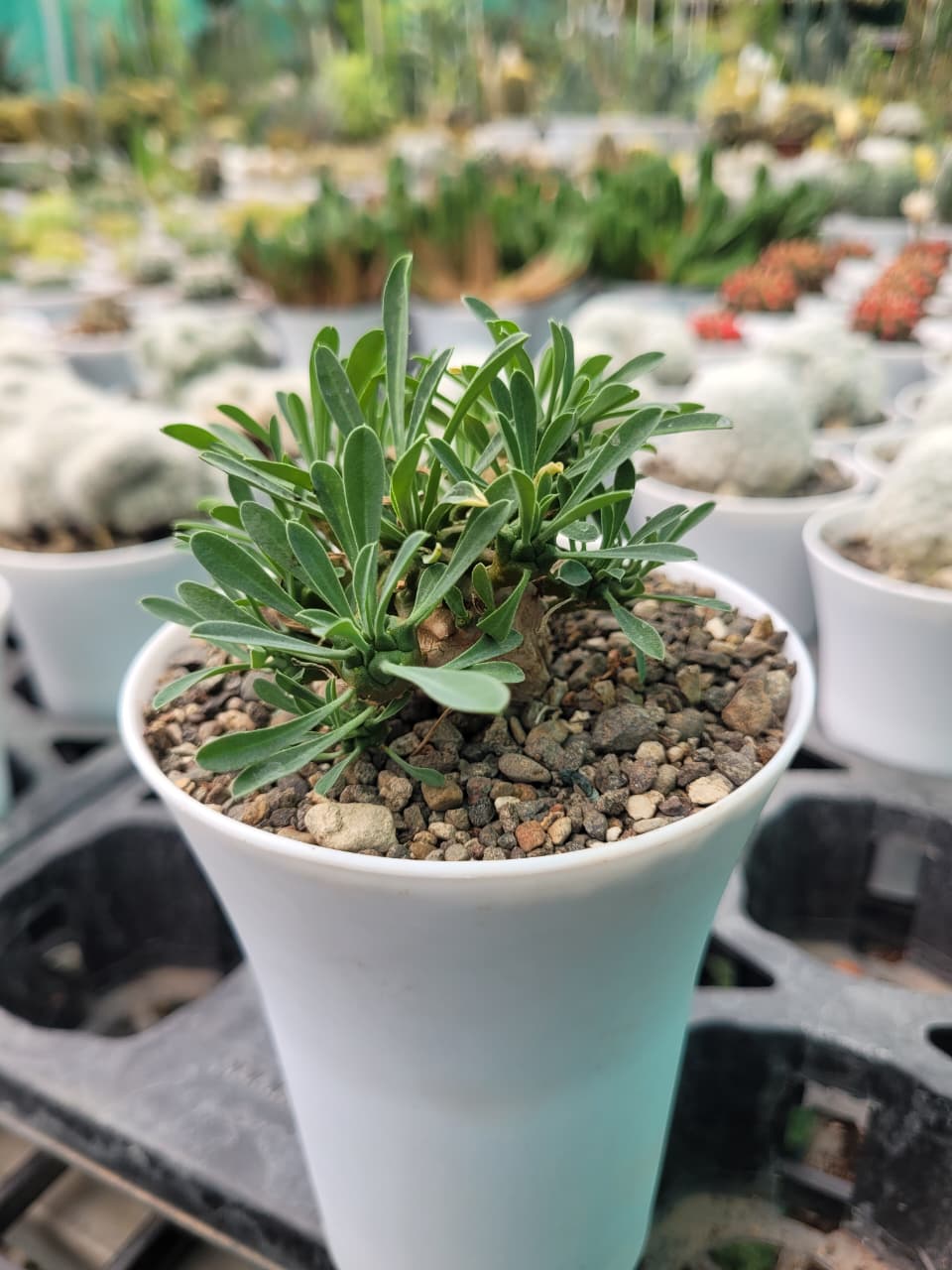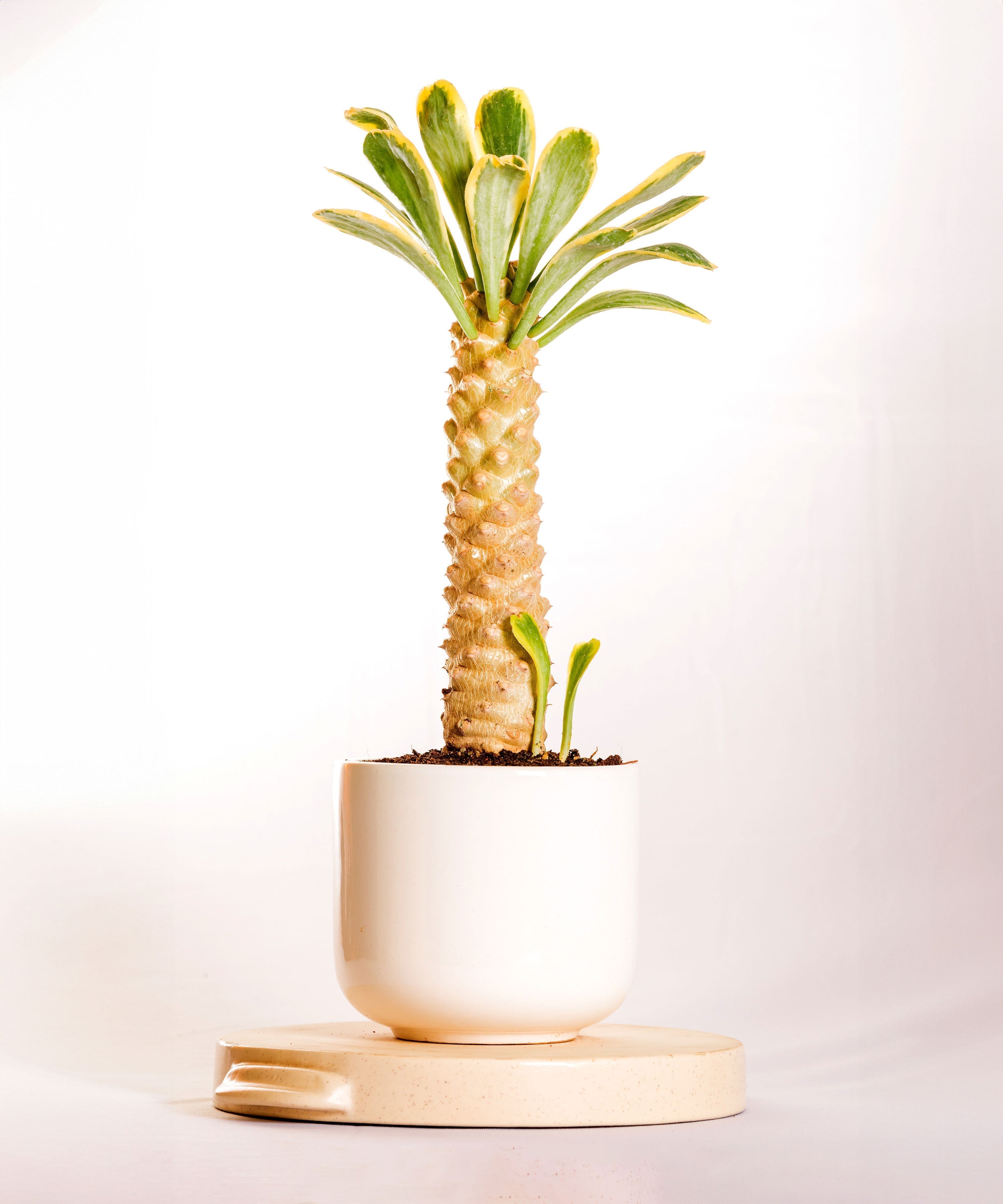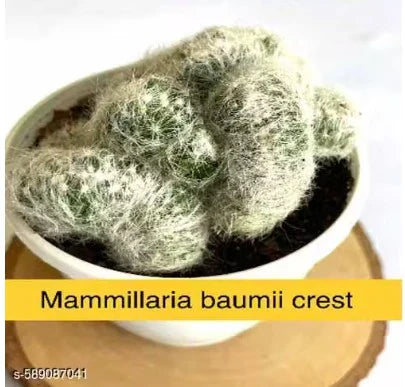
🪴 How to Care for Euphorbia Japonica: Tips for Healthy Growth
If you are a succulent enthusiast or a plant collector looking for something rare and unique, Euphorbia japonica deserves a place in your collection. Known for its bonsai-like form, compact size, and striking appearance, this plant has gained popularity among plant lovers around the world. In this guide, we’ll cover everything you need to know about Euphorbia japonica care, growing tips, and maintenance so you can keep your plant thriving.
🌱 What is Euphorbia Japonica?
Euphorbia japonica is a rare and unusual succulent belonging to the Euphorbiaceae family. Native to South Africa, it has a distinct look with a bulbous base (caudex) and upright stems that resemble a miniature bonsai tree. Its unique growth pattern makes it highly attractive to plant collectors.
-
Common Name: Euphorbia japonica
-
Type: Succulent, caudiciform
-
Origin: South Africa
-
Special Feature: Bonsai-like appearance, compact size
This plant is slow-growing but develops more character as it ages, making it a prized addition to any succulent collection.
🌿 Euphorbia Japonica Care Guide
Taking care of Euphorbia japonica is simple once you understand its needs. Like most succulents, it prefers dry conditions, well-draining soil, and plenty of light. Below are the essential care tips:
☀️ Light Requirements
-
Place Euphorbia japonica in bright, indirect sunlight.
-
It can tolerate direct morning sunlight but avoid harsh afternoon rays that may scorch the leaves.
-
Indoors, a south-facing or east-facing window works best.
🌡️ Temperature & Climate
-
Thrives in warm climates (18–30°C).
-
Keep it protected from frost and cold drafts.
-
In winter, place it indoors if temperatures drop below 10°C.
💧 Watering Needs
-
Follow the “soak and dry” method – water thoroughly when the soil is completely dry.
-
Reduce watering during winter when the plant enters dormancy.
-
Avoid overwatering, as Euphorbia japonica is sensitive to root rot.
🌱 Soil Mix
-
Use a well-draining cactus or succulent mix.
-
Add perlite, pumice, or coarse sand to improve aeration.
-
Avoid garden soil that retains too much moisture.
🍽️ Fertilization
-
Feed with a balanced cactus fertilizer during the active growing season (spring and summer).
-
Apply once a month in diluted form.
-
Do not fertilize in winter dormancy.
🪴 Potting & Repotting
-
Choose a shallow, wide pot with good drainage.
-
Repot every 2–3 years or when the plant outgrows its container.
-
Handle with care – remember Euphorbias contain a milky sap that can be irritating.
🌼 Euphorbia Japonica Flowers
Euphorbia japonica produces tiny yellow-green flowers during the growing season. While the blooms are not very showy, they add charm to the plant and indicate good health. With proper care, flowering usually happens in spring or summer.
🌿 Common Problems & Solutions
Like any plant, Euphorbia japonica can face issues if not cared for properly:
-
Overwatering – leads to root rot.
✅ Solution: Water only when the soil is dry. -
Sunburn – brown patches from harsh sunlight.
✅ Solution: Provide filtered light. -
Pests – mealybugs and spider mites may attack.
✅ Solution: Wipe leaves with neem oil or insecticidal soap. -
Slow Growth – normal due to its nature, but poor growth may indicate low light or poor soil.
✅ Solution: Adjust light and repot if needed.
🌱 Propagation of Euphorbia Japonica
Propagation can be tricky, but it’s possible through:
-
Seeds: Sow in a well-draining mix, keep warm, and water lightly until germination.
-
Cuttings: Less common but can be done carefully with stem cuttings. Allow the cutting to dry and callus before planting.
Note: Always wear gloves while handling Euphorbias, as the sap is toxic.


